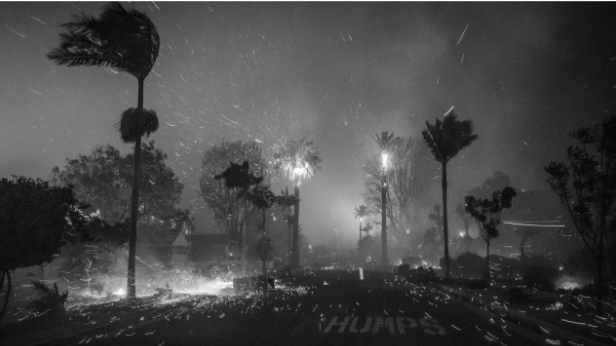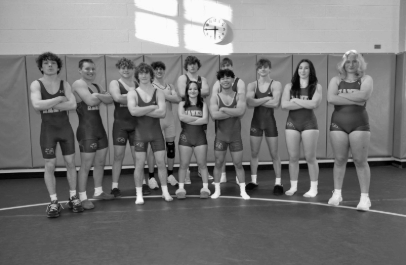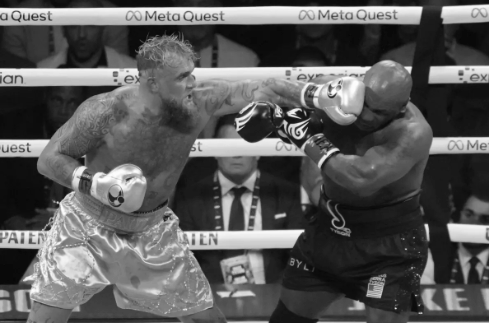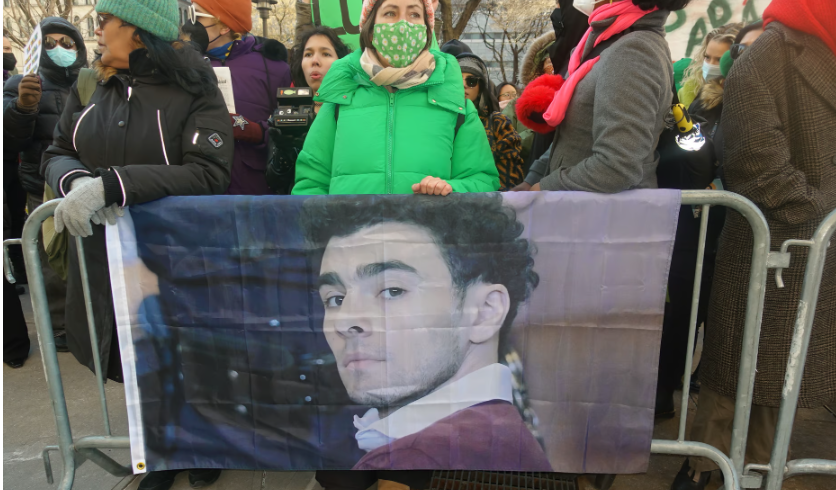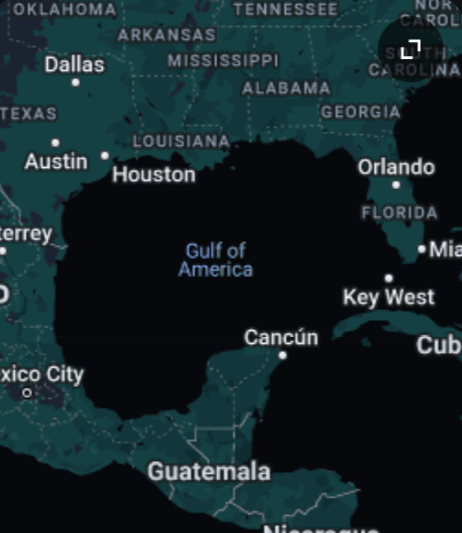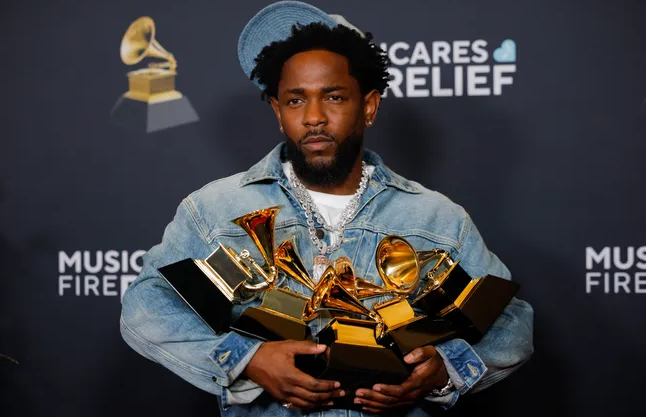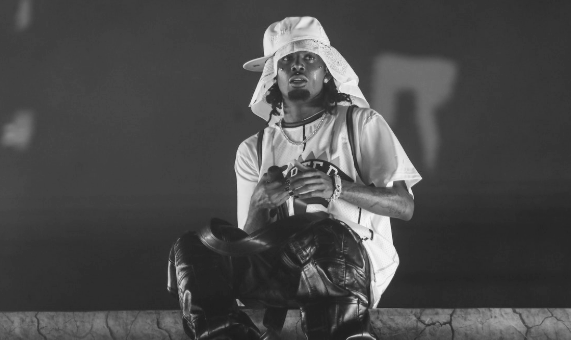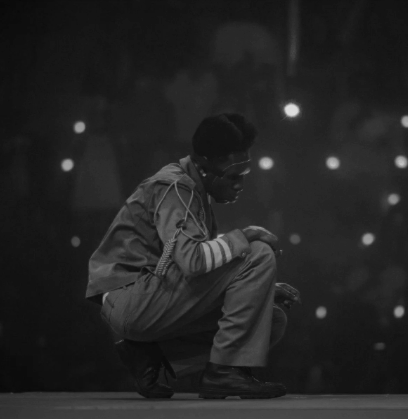Moana two…Beetlejuice two….Inside Out two. These are just some of the many sequels that were released this year. Do all of these movies really need sequels? In some cases, movies need sequels to make the story feel complete, such as in the case of Harry Potter. But does there really need to be four Toy Stories with another movie being released in 2026?
Sequels and prequels are a slippery slope. Sometimes sequels and prequels add more depth to a story that isn’t quite ready to be over. But sometimes they just drag a story out that’s ready to be over. When the stories are stretched into sequels when they don’t need one, the sales decrease. “With many studies indicating that more than 60% of the time, the original film outperforms its sequel in terms of revenue,” says alexbass.me.
With these statistics, why do movie producers still make sequels? Are prequels any better? Do prequels really expand on the storyline, or is it merely a ploy to make more money?
Companies make so many sequels and prequels to movies that the plots become repetitive. Studios are risk-averse, so they are attracted to sequels and reboots because they are “proven to be profitable,” says Deseret News.
Sequels and prequels offer filmmakers a great chance to expand on a world they already created in the first movie. Take the prequel to the Hunger Games movies, The Ballad of Songbird and Snakes, for example. The movie “grossed $200 million at the global box office.” says Trinityecho.com. This is an example where the prequel was successful, but this could just as easily have been a new movie idea.
Prequels and sequels are a safety net to producers because there are people who are already a part of the movie fanbase, but these people can just as easily watch new movies. However, there is also the chance that they won’t watch a new movie idea.
Without a risk, there is no gain. Sequels make less money but there is still a higher chance of them making some money then an original idea would. But in the end, the risk is where the potential profit is.
